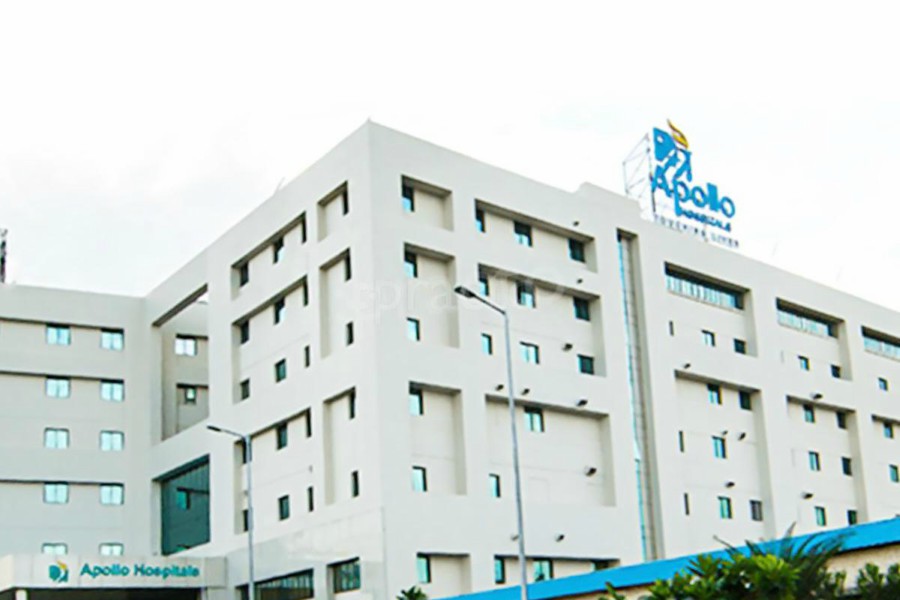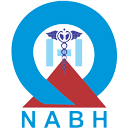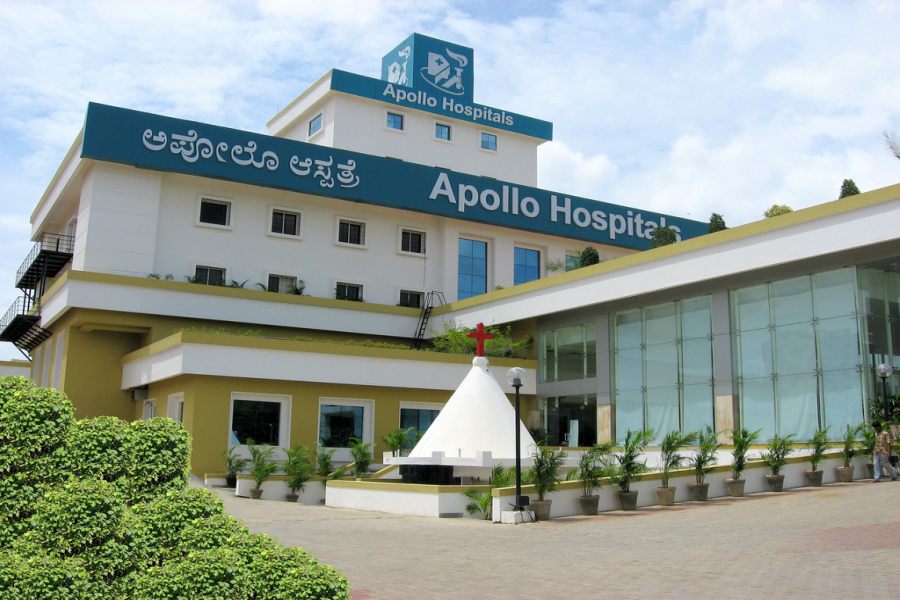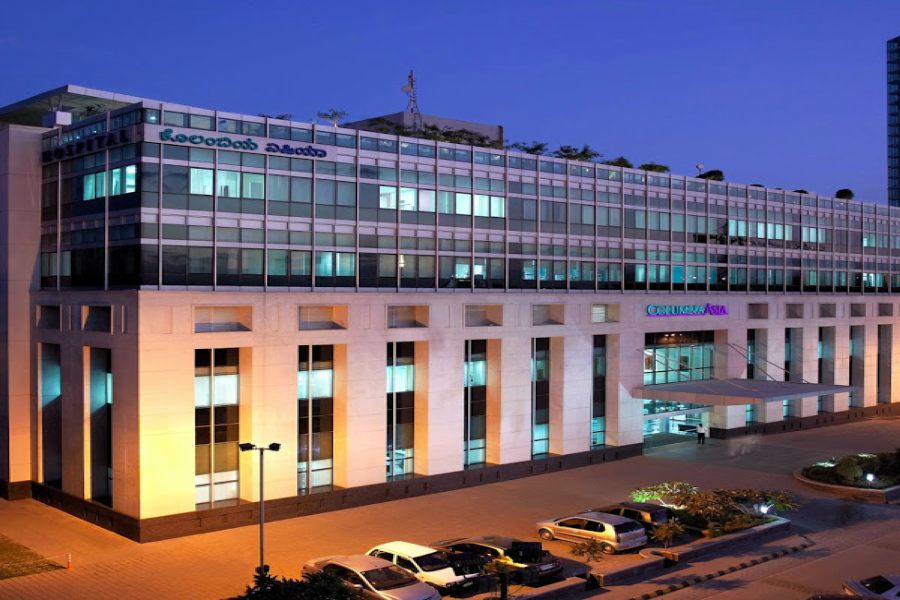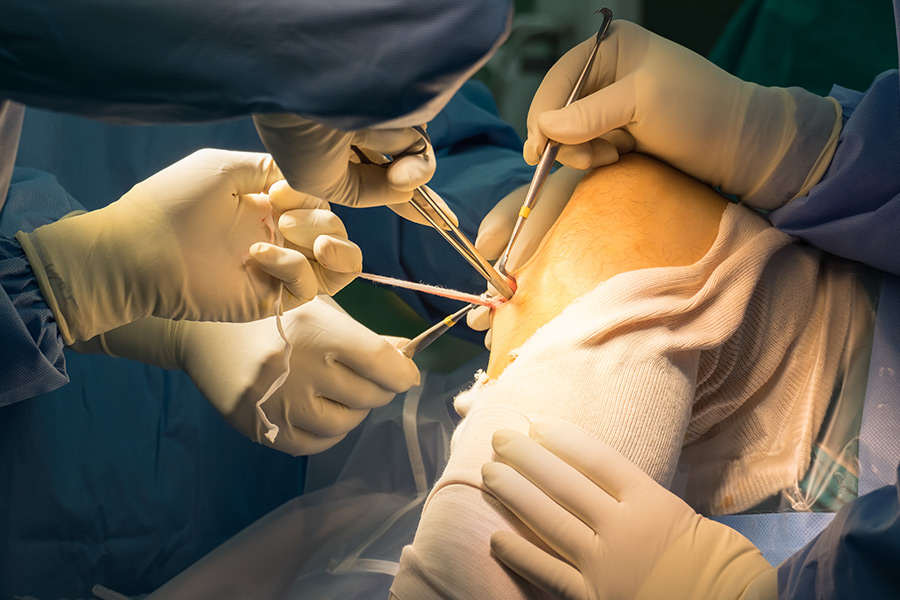
Overview
The anterior cruciate ligament is a band of thick fibrous tissue within the knee that connects the thighbone to your shinbone and helps in stabilising the knee. This ligament can get stretched or torn while playing sports like rugby, netball, skiing, basketball, gymnastics, and football.
Anterior cruciate ligament (ACL) reconstruction is a knee surgery, which involves replacing the torn ACL with a tendon from another part of the body or from a donor. The surgery is performed through small incisions around the knee joint (arthroscopic surgery), usually on an outpatient basis>
ELIGIBILITY
You are an eligible candidate for ACL reconstruction if you have a torn ACL ligament and:
- You are an athlete and want to continue your sport
- You have more than one ligament in the knee is injured
- You have a job that requires heavy lifting or where an unstable knee hinders your work
- You have another damage to the knee
- You are young.
PREPARATION BEFORE PROCEDURE
If you have any swelling or pain around the injured knee, the surgery will be delayed. Before the surgery, you might undergo physical therapy to reduce pain, swelling, stiffness, to strengthen the surrounding muscles and to improve knee range of motion. . Individuals who undergo surgery with a swollen or stiff knee may not obtain the best results of the surgery.
Your surgeon may give you the following guidelines to prepare for the surgery:
- Stop smoking (if you smoke), as it can increase the risk of the chest or wound infection, thereby slowing the recovery process.
- Stop taking contraceptive pills, as they can increase the risk of blood clots.
- Do not shave your legs for up to six weeks before the operation, as scratches or cuts below the knee can increase the risk of infection after surgery.
- Stop eating anything six hours before the surgery and stop drinking water two hours before the operation.
- Inform your surgeon if you are taking any dietary supplements or medications. Blood-thinning medications like aspirin can increase the risk of bleeding. Therefore, you may be asked to stop taking those a week before the surgery.
Before the procedure, your anaesthetist and surgeon will talk to you about the procedure and whether you will be under general anaesthesia or an epidural (spinal anaesthesia). Based on the procedure, the doctor will give you a certain set of instructions to prepare for the surgery, which may vary to the guidelines given above. You can ask any questions regarding the surgery to the surgeon before going ahead with the operation.
ABOUT PROCEDURE
Usually, you will be asked to come to the hospital on the day of the surgery, not before.
You will be given a general or spinal anaesthesia. The doctor will then do a thorough examination of the knee, assess how badly the ligament is torn and if any other ligaments or tendons have been damaged.
After the examination, several small cuts are done on the skin over the knee. A thin, flexible tube fitted with a light and camera (an arthroscope) is inserted through a cut to view the inside of your knee. This is called knee arthroscopy.
The goal of ACL reconstructive surgery is to replace the torn ligament with a graft. The graft is often a piece of the tendon the is used to replace the injured ACL; the graft provides a framework for a new ligament to grow along.
The piece of tendon to be used as the graft will be removed first.
The graft is usually made from:
- The hamstrings (tendons at the back of the thigh)
- The patellar tendon (holds the kneecap in place)
A graft from a donor (called allograft) can also be used, which will be collected before the surgery.
A tunnel will be drilled through the upper shinbone and lower thigh bone. The graft is then put in the tunnel, attached to the bones and it is fixed in place, using screws or staples. These are usually left inside the knee permanently. Then, the surgeon will ensure that the tension on the graft is sufficient, and the knee has full range of motion. Lastly, the cuts are closed with adhesive strips or stitches.
POST-PROCEDURE CARE
After the anaesthesia wears off, you will practice using crutches to walk, and you may be asked to wear a splint or a knee brace to protect the graft. You can go home on the same day.
Specific instructions about controlling the pain and swelling after the surgery will be given. Some of the general instructions include:
- Keep your leg elevated while sitting or lying on the bed.
- Use ice packs to reduce the swelling. Do not apply ice directly on the skin.
- Take adequate rest.
- Take the prescribed pain relief medicines.
Your surgeon will also advise you on:
- How long to use the crutches
- When to apply ice to the knee
- When you can put weight on the knee
- When you can bathe or shower
- When you should change the wound dressings
Progressive physical therapy after ACL reconstruction helps the muscles around the knee to strengthen and improve flexibility. A physical therapist will teach you certain exercises, which can be done at home.
RECOVERY TIPS
Recovery after ACL reconstruction requires a lot of time and is strenuous. Here’s how you can speed the recovery process:
- Adhere to all the post-operative instructions given by your surgeon and physiotherapist.
- Attend all the physical therapy sessions. Perform the exercises regularly even after the physiotherapy course is completed.
- Make sure you are eating nutritious and healthy food, including green leafy vegetables, dairy products, fresh citrus fruits and lean proteins like fish and chicken.
- Ensure you get enough sleep, as sleeping promotes faster repairing of the tissues.
FACTORS AFFECTING COST
The cost of ACL reconstructive surgery will vary depending upon the following factors:
- Location of the hospital
- Extent of the injury
- Length of stay in the hospital
- Number of physical therapy sessions
- Expertise of the surgeon.
FAQ
The complications of ACL reconstruction include:
- Graft failure, which involves tearing of the graft used to repair the injured ACL. This occurs in 6%of the patients.
- Numbness on the outside of the upper leg, near the surgical cuts. This is a common complication, which can be temporary or permanent.
- Unstable knee joint when the graft stretches or tears.
- Permanent stiffness or less movement than before.
- Long-term knee pain or pain while kneeling.
One will use crutches for about a week and later shift to a cane for two more weeks. However, this period will vary among the patients based on the severity of the injury and the speed of recovery.
ACL reconstruction usually takes one to three hours, but the duration may vary from patient-to-patient.
A full recovery from ACL reconstruction usually takes six months or more.
ACL reconstruction surgery completely restores the knee function in more than 80% of cases.


 Best Hospitals
Best Hospitals
